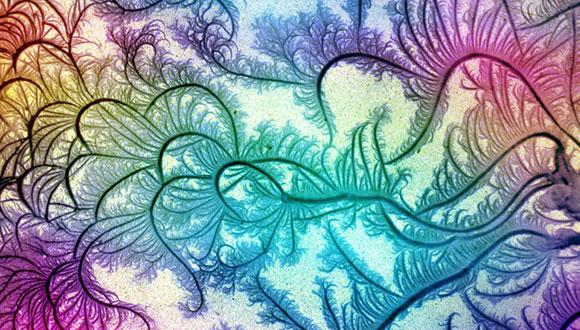Condensed Matter Seminar: Supercooled Spin Liquid States in Magnetic Pyrochlore Oxides
Anna eyal, Cornell university
Abstract:
Despite a well-ordered crystal structure and strong magnetic interactions between the Dy or Ho ions, no long range magnetic order has been detected in the pyrochlore oxides Ho2Ti2O7 and Dy2Ti2O7 [1]. The low temperature state in these materials is governed by spin-ice rules, analogous to water ice. This constrains the Ising-like spins in the materials, yet does not result in a global broken symmetry state. In order to explore the actual magnetic phases of these materials, we simultaneously measure the time- and frequency-dependent magnetization dynamics of Dy2Ti2O7 and Ho2Ti2O7 using toroidal, boundary-free magnetization transport techniques. We demonstrate a distinctive frequency and time dependence of the magnetic susceptibility of both compounds, that is indistinguishable in form from the permittivity of supercooled dipolar liquids. Moreover, we show that the microscopic magnetic relaxation times for both materials increase along a super-Arrhenius trajectory also characteristic of supercooled glass-forming liquids. Both materials therefore exhibit characteristics of a supercooled spin liquid with relaxation times diverging around 200 mK. Strongly-correlated dynamics of spin loops can account for both this finite temperature divergence, and the differences between Ho2Ti2O7 and Dy2Ti2O7, in addition to it being an ice rule conserving mechanism. Such dynamics of spin loops of varying sizes in a system approaching a novel glassy state calls for the comparison to suggested models for many-body localization [2] in translationally invariant systems.
[1] J. S. Gardner, et al., Rev. Mod. Phys., 82, 53 (2010)
[2] M. Schiulaz and M. Muller, AIP Conf. Proc. 1610, 11 (2014)
Event Organizer: Prof. Eli Eisenberg


